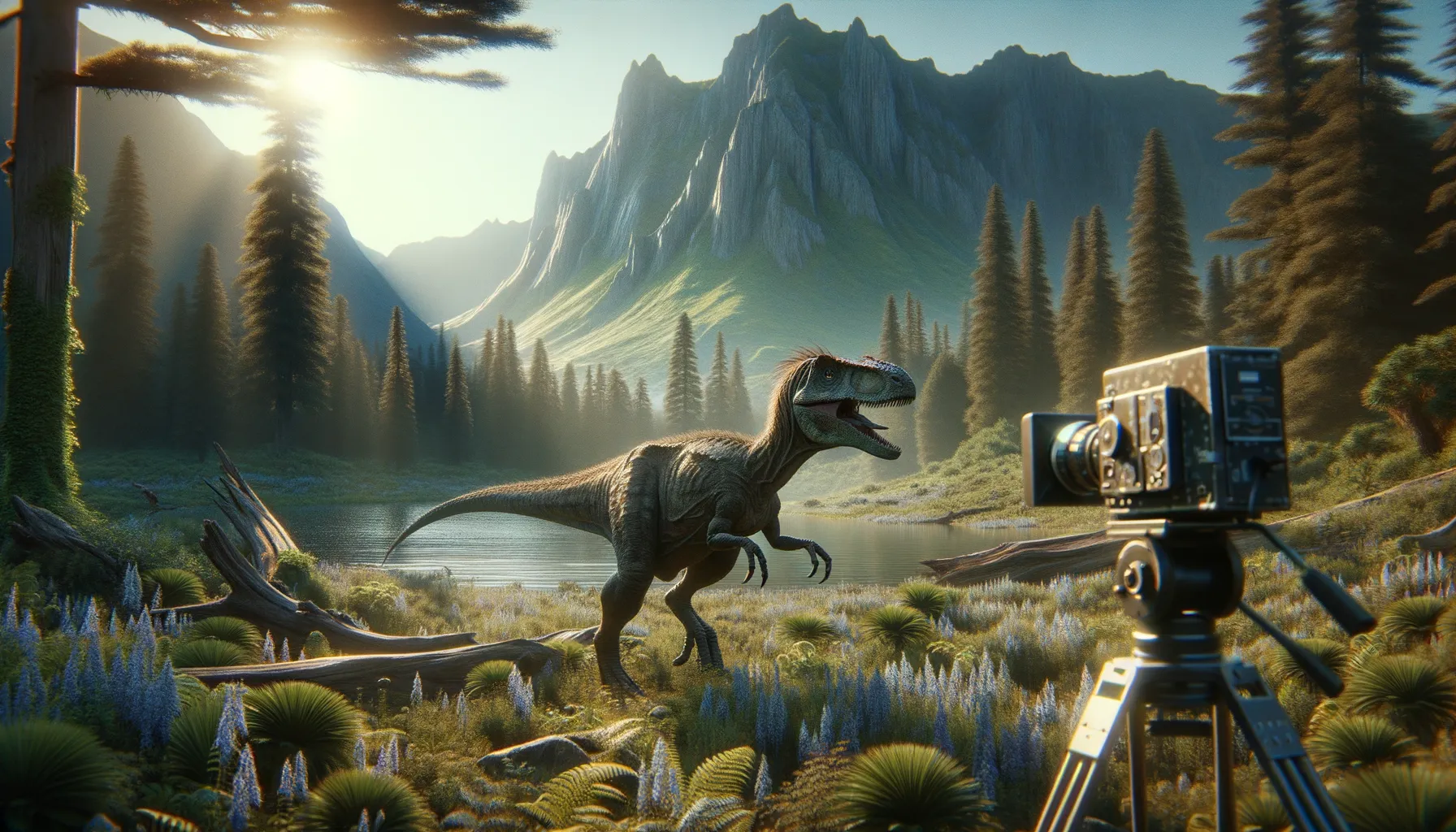
Eucoelophysis
A Triassic speedster on two nimble feet!
Period
Triassic
Length
Roughly 2 meters.
Height
About 60 cm at the hip.
Weight
Approximately 10 to 20 kilograms.
Eucoelophysis, a small theropod dinosaur, roamed the Late Triassic landscapes with a nimble and lightweight body. Known for its swift movement, it was well-adapted to its environment. With a lightweight build, it was likely a quick runner and could evade predators efficiently. Scientists have pieced together its existence from fossils primarily found in North America, enhancing our understanding of early theropod diversity.
Diet
Eucoelophysis is believed to have been a carnivore, feeding primarily on small animals and insects. Its agile body helped it secure quick-moving prey.
Hunting
Likely a solitary hunter, it used its speed and agility to capture prey. With keen senses, it ambushed smaller animals, utilizing quick bursts of speed.
Environmental challenges
Living during the Late Triassic, it faced unpredictable climate conditions. Volcanic activity may have posed direct threats or altered its habitat. Competition for resources with other theropods and reptiles required constant adaptation and awareness.
Speed
Moderate; agile for quick escapes.
Lifespan
Likely around 10 to 20 years.
First discovery
Found in Ghost Ranch, New Mexico in 1995.
Fun Facts
- Eucoelophysis was a small, two-legged dinosaur that lived around 210 million years ago during the Late Triassic period.
- This dinosaur was initially thought to be a member of the Coelophysis genus, hence its name, but later studies revealed it was different.
- Eucoelophysis means 'true hollow form,' referring to the hollow bones that are characteristic of many theropod dinosaurs.
- Unlike larger theropods, Eucoelophysis was about the size of a large cat, which likely helped it move quickly to catch prey or evade predators.
- These dinosaurs were likely carnivorous or insectivorous, feeding on small animals and insects.
- Fossils of Eucoelophysis were discovered in the famous Ghost Ranch location in New Mexico, a significant site for dinosaur discoveries.
- Despite living during a time of large plant-eating dinosaurs, Eucoelophysis shows that small, agile predators were also thriving.
Growth and Development
Young Eucoelophysis would have grown rapidly in their first years. Nutrient intake through an abundant diet was crucial for healthy development. Their lightweight frames helped them adapt quickly to environmental changes as they matured.
Habitat
Inhabited lush, riverine ecosystems rich in vegetation and prey. Semi-arid environments provided both challenges and resources. Coastal plains and floodplains were likely part of its roaming grounds, offering diverse food sources.
Interaction with other species
It coexisted with various other dinosaurs and reptiles, leading to potential competition. Preyed upon smaller vertebrates but also had to evade larger predators. Mutual dependence on the same ecosystem required keen behaviors to address interspecies interactions.
Natural lifespan
Their natural lifespan was around 15 years.
Reproduction
Laid eggs like most theropods, probably in nests. Young were vulnerable at hatching and required safe protection until capable of self-defense. Likely had a stable breeding season dictated by environmental factors.
Social behaviour
Primarily solitary but may have formed small packs for protection. Juveniles could have stayed near parents post-hatching for safety. Social interactions were likely dictated by resource availability and threats from predators.
Fossil locations
Fossils mostly found in Ghost Ranch, New Mexico. These sites provide crucial insights into its geographical range. The area is a key location for studying Triassic period ecosystems.
